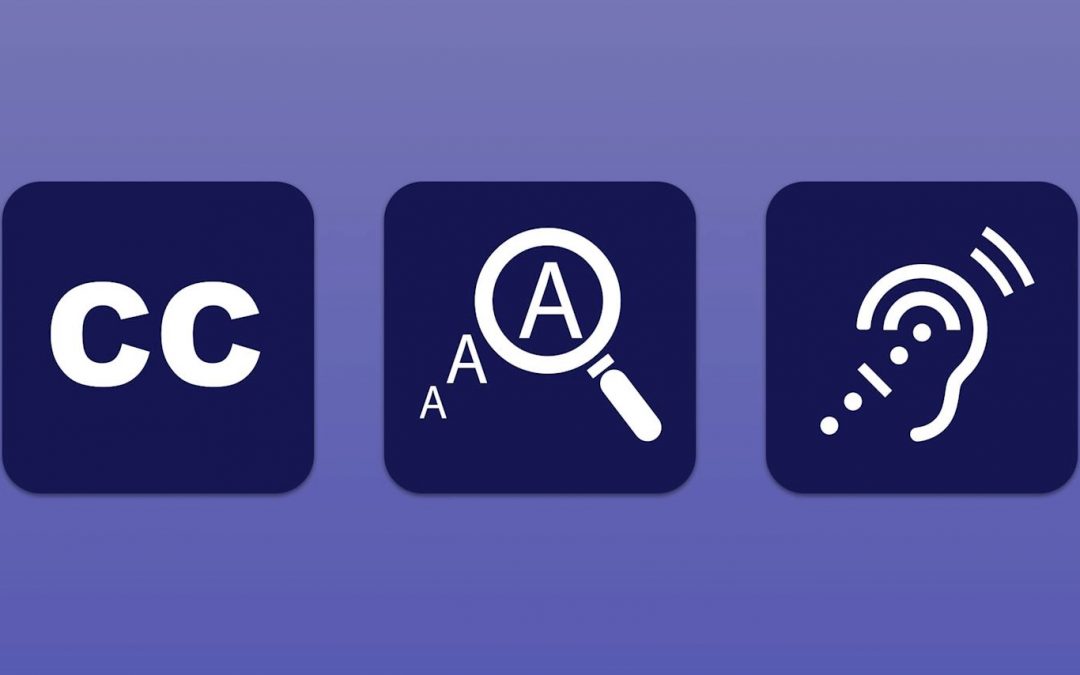Every business website is built with the user experience in mind. But unfortunately that doesn’t always mean accommodations are made to address the needs of users with disabilities.
Today, civil rights legislation has sought to make the internet as accessible as the rest of the world. The Department of Justice ruled in 2018 that websites are included in public accommodations and therefore should comply with the Americans with Disabilities Act (ADA), the U.S.’s most prevalent law regarding civil rights for people with disabilities.
While having a non-accessible website is a major liability for any company, web accessibility is about more than abiding by the law. Most importantly, it’s the right thing to do. The needs of your users should always come first and that means striving to be as inclusive as possible. By excluding the disability community, you also risk alienating an entire consumer segment.
If you’re not already familiar with the nuances of web accessibility, we can help you better understand how to navigate the related legislation and guidelines.
What is Web Accessibility?
Buildings with entrances and exits that are wheelchair-accessible and movies with closed captioning for deaf people are both examples of everyday accessibility. The web is no different, where accessibility amounts to websites that accommodate the needs of persons with disabilities. There should be no obstacles for them to understand, interact, navigate, or contribute to your website. Furthermore, accessibility should be built into the web development and design process, rather than being retrofitted to the completed website as an afterthought.
Examples of web accessibility measures are:
Web text with a high contrast ratio
Websites that are navigable without the use of a mouse
Tags and alternative text that can be read by assistive technologies
Scalable text for users with vision impairment
Understanding Web Accessibility Laws & Regulations
There are so many terms and acronyms related to website accessibility that are often used interchangeably, it can be easy to get confused. While there is much more to web accessibility than what we’ve outlined here, the following are three of the most important areas to understand when it comes to web accessibility compliance.
ADA Title III
The Americans with Disabilities Act (ADA) prohibits discrimination against anyone based on ability or disability. “Title III” is the section of the ADA that affects the way businesses serve customers.
WCAG 2.1
The most challenging aspect of ADA compliance is that the law doesn’t specify how to make your website accessible. There are no official legal standards from the Department of Justice. However, Web Content Accessibility Guidelines (WCAG) are frequently referenced. Many have interpreted that to mean that the best way to comply with ADA is by following the WCAG 2.1, which are web accessibility best practices, essentially.
Section 508
Section 508 is an amendment to the Rehabilitation Act (not to be confused with the ADA). Both acts are related to accessibility for people with disabilities, but Section 508 is a set of rules for government entities that also applies to any organizations that receive federal funding. Unlike Section 508, the ADA affects the entire private sector.
There is a rule in Section 508 that sets WCAG 2.0 as the accessibility standard for compliance, so federally-funded organizations need to meet this compliance.

If you would like to discuss Your Website’s SEO with Mojoe.net or your website’s analytics, custom logo designs, graphic design, social media, website, web application, need custom programming, or IT consultant, please do not hesitate to call us at 864-859-9848 or you can email us at dwerne@mojoe.net.
Article Provided By: Spin Tech


Recent Comments